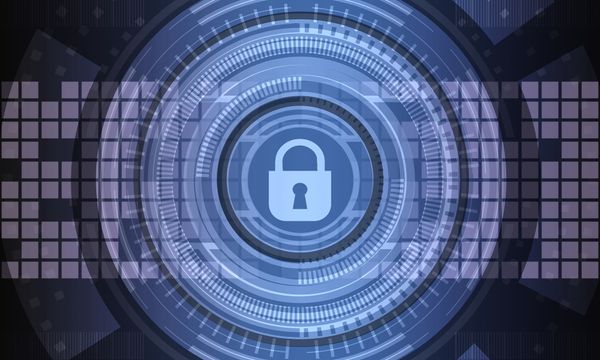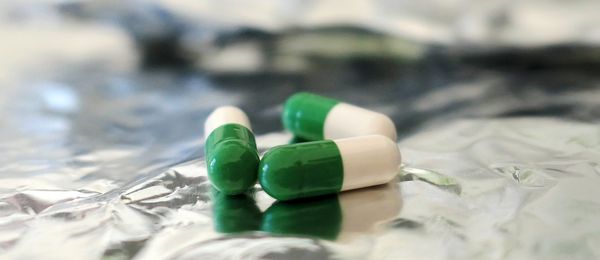You Ask We Answer 7. What Are IoT Sensors?

Internet of Things devices are all about gathering information, crunching it, and generating an appropriate response. To fulfil these functions, smart systems need to put out feelers. Sensors cover this part of the job, reporting on the state of the real world around them.
Their purpose is simple: measure and detect changes in the environment. On their own, sensors can’t do a thing; but reporting the data they collect to an electronic system turns sensors into a real asset, a scout that smart gadgets use to understand the physical territory and modify it to preset parameters.
These small pieces of technology form the first line of automation and plan an essential role in an IoT ecosystem. They can be bundled on the same gadget that triggers the action or they can pass the data on to a more complex apparatus for processing on dedicated systems. Regardless of how they integrate, sensors are what drives a connected device.
Sensors are all around us. You’re definitely carrying several of them in your pocket, embedded in your smartphone to determine position (GPS, gyroscope), speed (accelerometer), proximity, ambient light, voice, touch, fingerprint, air pressure (barometer), humidity or the temperature of the device and the room. The average phone integrates almost all of them, to feed data to apps that convert it into a human-ready, actionable form.
They are used in a wide range of fields, automating various tasks to increase a system’s efficiency and lower costs. In agriculture, they’re used to check the soil’s pH and moisture levels; in industrial environments, sensors help detect chemicals or radioactivity; air quality is also monitored through these small gadgets.
Imagine the security industry without motion and pressure detection capabilities. Or living without a thermometer. Optical sensors, which measure the quality of the light rays, are used to trigger various actions: from automatically turning on a home surveillance camera when motion is detected, to adjusting a lamp’s intensity according to the luminosity in the room.
Simply put, sensors are the contact point between the smart device and the real environment it aims to influence to make the owner more comfortable.
Image credit: suju
tags
Author
Right now Top posts
Start Cyber Resilience and Don’t Be an April Fool This Spring and Beyond
April 01, 2024
Spam trends of the week: Cybercrooks phish for QuickBooks, American Express and banking accounts
November 28, 2023
FOLLOW US ON SOCIAL MEDIA
You might also like
Bookmarks







